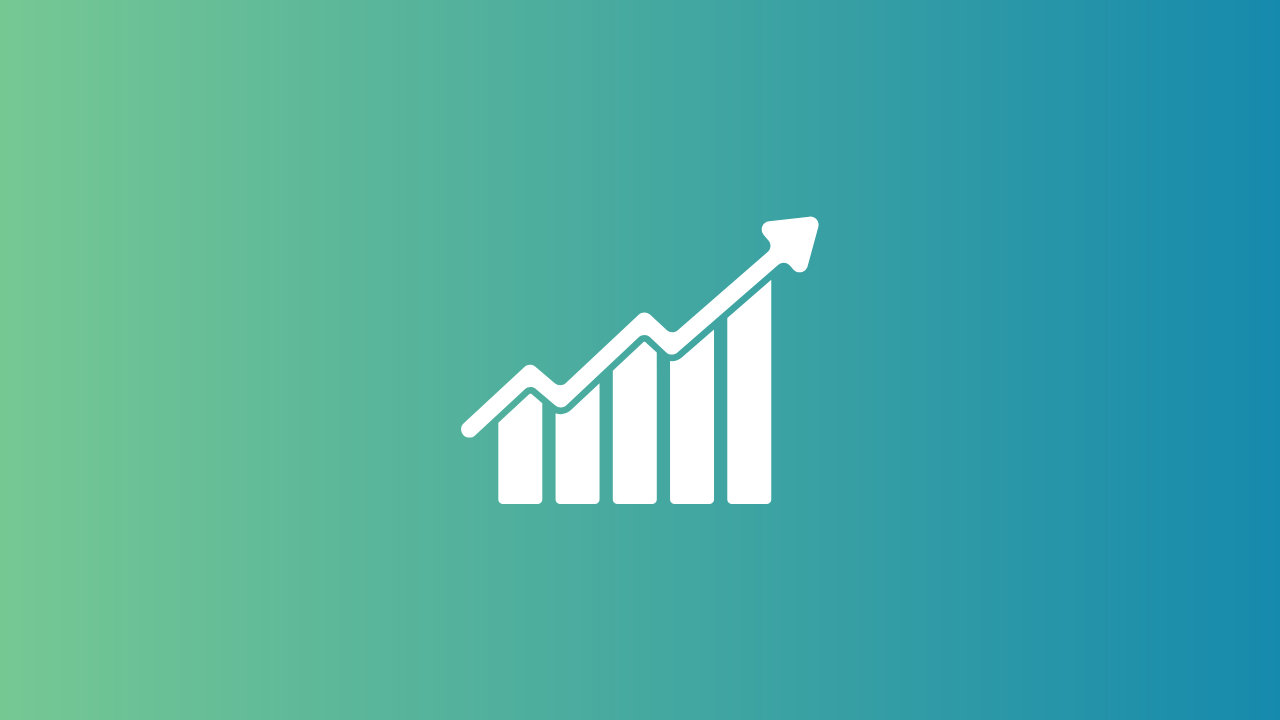How to Start Investing in 2025
Let me be straight with you: Most people overcomplicate ETF investing. But before we dive into specific ETFs and strategies, we need to answer some fundamental questions about you and your life.

Know Yourself First: The Questions That Really Matter
Before you even look at your first ETF, ask yourself:
What's Your Investment Timeline?
Your investment horizon changes everything. Are you:
- Saving for retirement in 30 years?
- Planning to buy a house in 5 years?
- Building wealth for your children?
- Creating an additional income stream?
The longer your horizon, the more risk you can typically accept.
Life Stage Planning
Your age and life stage matter more than most people think:
- In your 20s? You might be able to take more risks and recover from mistakes
- In your 40s with kids? You might need more stability
- Approaching retirement? You'll want to focus more on wealth preservation
Future Life Changes
Think about potential future events:
- Marriage or children?
- Career changes?
- Moving to a different country?
- Starting a business?
- Inheriting money?
Each of these events might require different investment approaches.
Your Real Risk Tolerance
Be honest with yourself:
- Can you sleep when markets drop 20%?
- Do you need regular access to your money?
- How would a 30% loss affect your life?
- What's your actual financial buffer?
Let me be straight with you: Most people overcomplicate ETF investing. I know because I've been there. After years of experience and some expensive lessons, I've learned that simpler is usually better. Here's my no-nonsense guide to ETF investing.
The One-ETF Approach: Why I Keep It Simple
I use one ETF: Vanguard All-World. That's it. No fancy combinations, no sector bets, no emerging market splits. Just one broad market ETF that covers the world's largest companies.
"But what about diversification?" you might ask. Here's the thing: A world ETF already gives you:
- Multiple countries
- Various industries
- Different company sizes
- Natural risk spreading
Learning From My Mistakes (So You Don't Have To)
When I started, I thought I could outsmart the market. Spoiler alert: I couldn't. I tried picking sector ETFs, thinking I knew which industries would outperform. This cost me returns and peace of mind.
Common Mistake Alert: Many investors think they can have both high returns AND complete safety. Here's the truth: You can't. You either get:
- Higher probability of steady returns (lower risk)
- Higher potential returns (higher risk)
But you can't have both. Anyone who tells you different is selling something.
How Many ETFs Do You Really Need?
My answer? One to five, maximum. Here's why:
- One ETF can give you global coverage
- More ETFs mean more complexity
- More complexity means more decisions
- More decisions mean more chances to make mistakes
Choosing Your ETF: What Really Matters
Focus on these key factors:
- Total Expense Ratio (TER) - Lower is better
- Fund size - Bigger is generally safer
- Provider reputation (I prefer Vanguard, but iShares and Fidelity are solid too)
The US Dominance "Problem"
People often worry about US stocks dominating world ETFs. My take? I'm actually fine with it. Here's why:
- Most major global companies are US-based
- These companies operate worldwide anyway
- US markets are highly regulated and transparent
Dealing with Market Downturns
Here's the hardest truth: You will see your investment drop. Maybe 20%, maybe more. My advice:
- Start Small
Don't dump your entire inheritance into ETFs at once. Start with smaller amounts to get used to market movements. Seeing a 2% drop on €1,000 feels very different from a 2% drop on €100,000. - Set and (Try to) Forget
I'll be honest - I'm terrible at this myself. I check my portfolio too often. Don't be like me. Set up automatic investments and check less frequently.
My Future Strategy
I'm young now, so I'm 100% in stocks through my world ETF. But here's my plan:
- Continue with this strategy for the next 10-12 years
- Start adding bonds as I approach 45
- Gradually increase bond allocation for more stability
Getting Started: Your Action Plan
- Choose one broad market ETF (like Vanguard All-World)
- Set up a monthly investment plan
- Start small and increase gradually
- Resist the urge to check daily
- Ignore market "experts" predicting crashes
Want to see how your ETF investment might grow? Try my ETF Growth Calculator to play with different scenarios.
Putting It All Together
Your answers to these fundamental questions will guide your ETF strategy. For example:
- Short investment horizon (< 5 years)? Consider adding bonds or staying more conservative
- Long horizon with stable income? A pure stock ETF might work well
- Planning major life changes? Maybe keep some money more accessible
- High risk tolerance and long horizon? You might be fine with a more aggressive approach
The Bottom Line
ETF investing doesn't need to be complicated. First, understand your personal situation and goals. Then, choose one solid world ETF, make regular investments, and have patience - that's really all you need. Everything else is just noise.
Remember: The best investment strategy isn't the one that could make you the most money - it's the one you can actually stick with through good times and bad.
Want to learn more about building your wealth step by step? Check out my Wealth Triangle approach for a complete framework.
Disclaimer: This article is based on personal experience and should not be considered financial advice. Always consult with a qualified financial advisor before making investment decisions.
